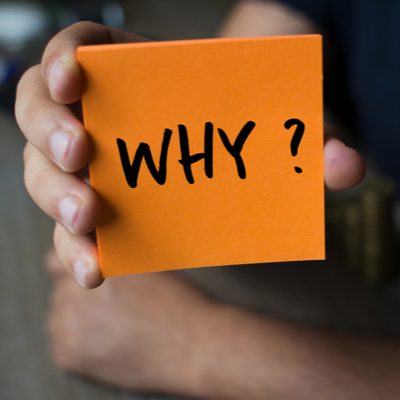A little while back I was invited to speak at a networking event for Property Professionals. Having accepted the invite, I was then left with the small matter of deciding what to talk about.
These were property professionals in the broadest sense – a melting pot of investors, surveyors, agents, lawyers, and finance brokers. What single topic could resonate with this diverse bunch? After much head scratching, I realised that every attendee was in the business of building relationships – with clients, with customers or with colleagues. Every time I’m involved in a conversation about relationships, the topic of trust is inevitably raised. I’m sure few would argue that trust isn’t an integral element of a productive relationship. The challenge comes when we try to define ‘trust’. What does it look like? Feel like? How do we know it exists?
I’m not sure there’s a definitive answer to those questions, but the closest I’ve seen anyone come to capturing exactly what trust is and how we can develop it comes from ‘The Trusted Advisor’ whose authors present the Trust Equation – four elements they believe impact significantly on the extent to which others will place their ‘trust’ in us. It was the Trust Equation around which I built my talk, and over the course of the next two blogs I’ll share the four elements of the equation, two in this blog and two in the next. So let’s begin…
The first factor in building Trusting relationships is your CREDIBILITY. In large part this is about what you say and how you say it. Do you speak from a position of experience, with confidence and authority, or do you give others the impression that you’re winging it, that you lack confidence or that you haven’t prepared properly? In a recent survey by The Independent, Sir David Attenborough was voted the British public’s most trusted celebrity. Think about it – the voice, the years of experience not simply in broadcasting but in his specialist area. Does the title help? Possibly, which leads us to an additional point. Your credibility can also be established ‘second-hand’, through for example recommendations and references from others, qualifications (or titles) you’ve achieved, professional boards or committees you sit on or perhaps articles you’ve had published.
So if our credibility is established in large part by what we say and how we say it, the next factor, RELIABILITY, is about whether others perceive our actions to be aligned with our words. Do we walk the talk? Do we deliver on our commitments? If I tell you I’m going to send you some information by Thursday, do I make sure it’s with you by Thursday? One of the best analogies I’ve heard to describe how we build trust through demonstrating reliability is the Relationship Bank Account. In the same way that you make cash deposits and cash withdrawals in your high street bank account, so you can make deposits and withdrawals in your relationship bank accounts. You make a deposit every time you deliver on a commitment. Every time you demonstrate that you’re reliable you build trust. Not rocket science huh? Unfortunately though the opposite is also true. If I’ve told you the information will be with you by Thursday, but then don’t send it until the following Monday (if at all) I’m making a withdrawal – I’m eroding trust. Every time you cancel a meeting, re-schedule a one-to-one, you’re making a withdrawal from the account. You’re effectively saying ‘I’ve got something else that’s more important than you’. That erodes trust. You can make withdrawals if you’ve already made enough deposits – but if you want to be trusted you must stay in credit.
So there we go, the first two elements of the Trust Equation: Credibility and Reliability. In the next blog I’ll introduce the final two elements of the equation.
For now though, to what extent are you demonstrating Credibility and Reliability in your working relationships? Might there be room for improvement?
Food for thought I’m sure…
– Dan




